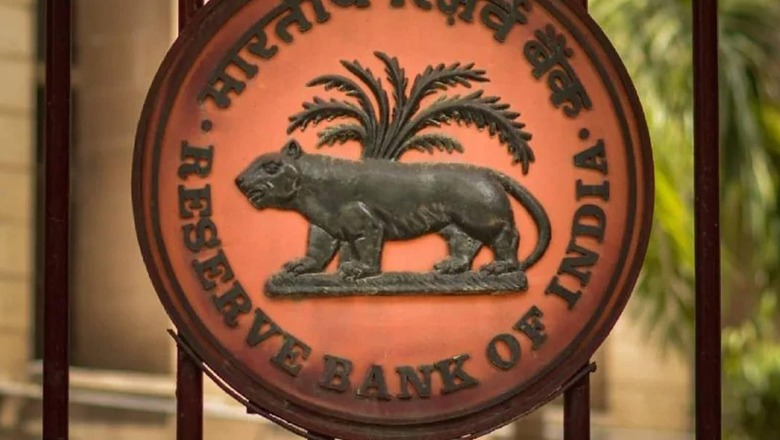
views
The year 2023 will probably be characterised by a milder global slowdown than earlier anticipated but the trajectory remains unpredictable, according to the RBI Bulletin – February 2023. It added that in India, domestic consumption and investment stand to benefit from stronger prospects for agricultural and allied activities, strengthening business and consumer confidence, and strong credit growth.
“Supply responses and cost conditions are poised to improve even though inflation witnessed a rebound in January. The Union Budget 2023-24’s emphasis on capital expenditure is expected to crowd-in private investment, strengthen job creation and demand, and raise India’s potential growth,” the RBI’s report said.
It said global infl ation may ease grudgingly – from 8.8 per cent in 2022 to 6.6 per cent in 2023, according to the IMF, as re-openings, lower commodity prices and restitution of supply chains boost demand – but may still remain elevated relative to targets at 4.3 per cent in 2024. The risks are slanted to the downside, but a turning point has been passed, and the central banks know it.
Stating that central banks know that inflation is on its way down, the RBI said they are on guard that the irrational exuberance of markets in bidding up financial prices could in fact re-fuel a resurgence of demand and inflation.
“Real GDP growth for 2023-24 was projected at 6.4 per cent. On the outlook for inflation, the MPC cited improving crop prospects while recognising risks from adverse weather events, the uncertainties surrounding the global commodity price outlook, and the ongoing pass-through of input costs to output prices, especially in services, to project CPI inflation at 5.3 per cent for 2023-24, down from 6.5 per cent in 2022-23,” the RBI said in the report.
Among high-frequency indicators, the global composite purchasing managers’ index (PMI) at 49.8 in January 2023 posted an uptick, but remained in contractionary zone for the sixth successive month.
“Global commodity prices exhibited volatility as the still weak global economic outlook continues to weigh on demand,” the central bank said.
It also said the environment of macroeconomic stability engendered by fiscal consolidation and hence reduction of debt is expected to bring down inflation in the medium run, with a consequent reduction in macroeconomic volatility and country risk premium, ushering in a virtuous cycle. Estimates suggest that on a standalone basis, i.e., without taking into account other factors that infl uence the infl ation trajectory, this could lead to a reduction in inflation by an average of 26 basis points per annum over the next fi ve years which, in turn, would push up potential growth by another 10 basis points.
“Taking all these factors into account, potential growth is expected to shift upwards from 6.0 per cent (estimated by the IMF in 2022-2334) to 6.8 per cent. With the raising of India’s potential growth due to measures announced in the Budget, there is likely to be a faster consolidation of Union Government debt to 54.3 per cent of GDP by 2027-28,” the RBI said in the report.
Read all the Latest Business News here




















Comments
0 comment